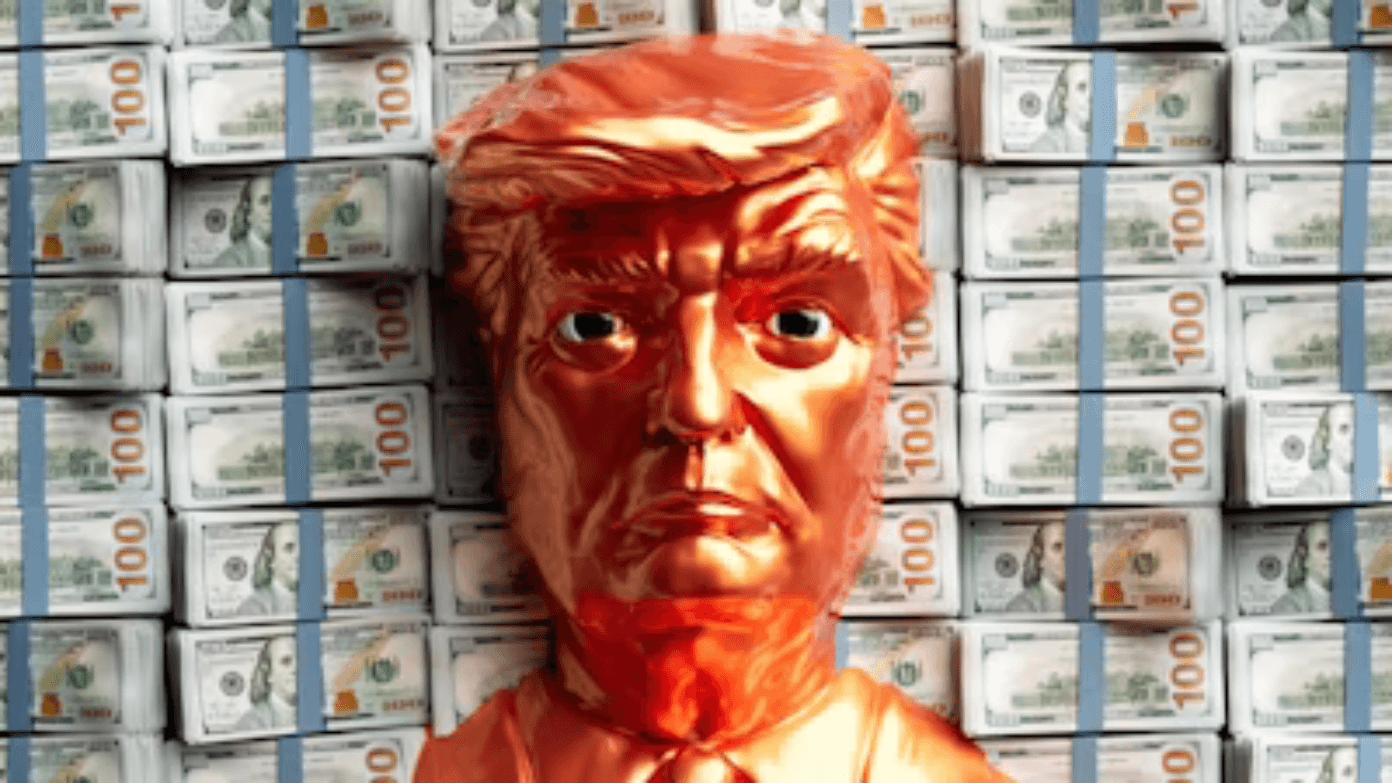In a groundbreaking agreement on August 21, 2025, the United States and the European Union restricted U.S. import duty up to fifteen percent for most of the European goods, thwarting earlier threats against imposing a much steeper increase in strategic industries. The agreement puts to a hold all of President Donald Trump’s earlier claims of a punitive tariff of as high as 250 percent on pharmaceuticals and 100 percent on semiconductors and establishes a foundation of stability for transatlantic trade in specific sectors.
From threats to tariff ceiling
Earlier this year, the Trump administration invoked Section 232 investigations into national security threats, proposing imposing draconian reciprocal tariffs on imports of critical processed minerals, pharmaceuticals, semiconductors, steel and aluminum from Europe, as well as other countries. President Trump threatened the imposition of 250 percent duties on European drugs and 100 percent on chips in retaliation if the EU did not comply with U.S. demands. However, under the new framework, the U.S. will be committed to an overall tariff ceiling set at 15 percent for automobiles, pharmaceuticals, semiconductors, and lumber imported from the EU—irrespective of the ongoing results of the investigations—while applying the higher of this cap or existing Most Favored Nation rates to all other covered goods.
Key provisions for strategic industries
- Automobiles: The current 27.5 percent U.S. duty on European car imports will be lowered to 15 percent once the EU formally introduces legislation to reciprocate by cutting its own tariffs on U.S. industrial goods. Washington and Brussels aim to have relief measures take effect from the first day of the month after the EU parliamentary proposal is tabled.
- Pharmaceuticals and semiconductors: Both areas – previously aimed with the most severe threats – will now fall under a common 15 percent limit. Starting September 1, generic medicines, their ingredients, and chemical precursors will face the zero or nearly zero existing Most Favored Nation rates only.
- Lumber: timber and timber products will also be covered under the 15% maximum, providing an industry crucial to European forestry producers.
Reciprocal market access commitments
For the ceiling on U.S. tariffs, the EU has committed to removing duties on all U.S. industrial exports and providing conditional access for a range of seafood and agricultural products from the United States-from tree nuts, dairy, fresh and processed fruits and vegetables to pork and bison meat. In addition, the European Union committed to:
- Procure $750 billion in U.S. energy products (LNG, oil, and nuclear) by 2028.
- Purchase at least $40 billion in U.S.-made artificial intelligence chips.
- Mobilize $600 billion of European investment into U.S. strategic sectors by 2028.
These reciprocal measures aim at enhancing supply-chain resilience while addressing global overcapacity in steel and aluminum, through discussion of cooperation in quotas, and finally ensuring long-term economic stability for both partners.
Political and economic significance
Over a billion euros exchanged via trade between the countries constituted the foundation for creating several jobs in both continents. The agreement changes the spiraling effect of unpredictable retaliatory levies into a more predictable cap at 15 percent. Moreover, a return of investor confidence in transatlantic markets is ensured while avoiding costly escalation, which could have seen industries-from automotive-injured to life-saving medicines.
European Commission President Ursula von der Leyen called this a “concrete demonstration of our commitment to fair, balanced and mutually beneficial trade” that “delivers for our citizens and companies, and strengthens transatlantic relations”. U.S. Trade Representative Jamieson Greer described the “framework” as being “a mechanism to hold one another accountable” and to see to it that both sides fulfill their commitments.
From framework to full pact
However, this is not an all-inclusive free trade agreement because it sets a ceiling that is binding and reciprocal in purchase and investment commitments. It builds momentum toward follow-on talks about further reductions in tariffs, digital trade rules, liberalization of services and regulatory cooperation. From steel and aluminum quotas to potential tariff relief on wine, spirits, and medical devices, and adjustments to rules of origin to bolster the pact’s value for legitimate EU and U.S. producers are topics put on the agenda.
Through implementation, pending EU legislative steps and U.S. regulatory actions, the agreement signals strategic downturn from brinksmanship to collaboration. The path across the Atlantic will now be charted in predictable, stable, and mutually supporting trade by capping tariffs at 15 percent.

